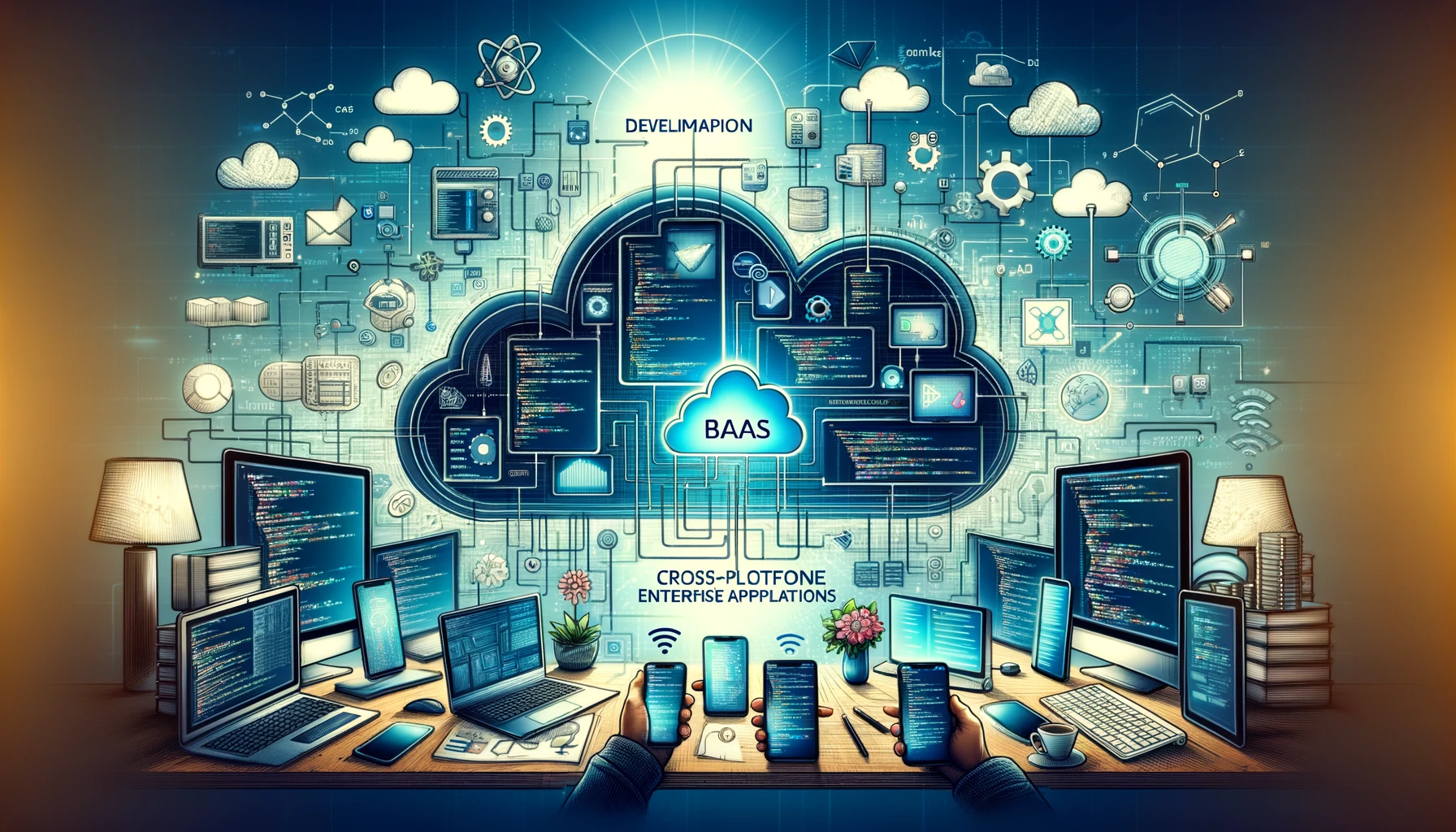Building Multi-platform Enterprise Applications with Backend as a Service: A Technical Deep Dive into StormAPI
In today’s fast-paced digital environment, enterprises are increasingly required to deploy applications across multiple platforms, including web, mobile, and IoT devices. This multi-platform approach ensures a broader reach and accessibility but introduces significant complexity in the development and maintenance of backend systems. Backend as a Service (BaaS), exemplified by platforms like StormAPI, has emerged as a powerful solution to this challenge. This article provides a technical exploration of leveraging BaaS to build and manage multi-platform enterprise applications, with a focus on the capabilities and advantages offered by StormAPI.
The Challenge of Multi-platform Application Development
Developing applications that seamlessly operate across various platforms poses numerous technical challenges:
- Consistent Data Management: Ensuring data consistency across platforms in real-time can be complex and resource-intensive.
- Authentication and Security: Providing secure and unified authentication mechanisms across different platforms while maintaining high-security standards.
- Infrastructure Scalability: Scalability becomes a critical issue as the user base grows and the application expands to more platforms.
- Development and Maintenance Overheads: Developing and maintaining multiple codebases can significantly increase time, cost, and complexity.
StormAPI: Simplifying Multi-platform Development
StormAPI, a leading BaaS platform, addresses these challenges by offering a unified backend infrastructure that simplifies the development and scaling of multi-platform applications. Below, we explore how StormAPI facilitates the building of robust, scalable, and secure multi-platform enterprise applications.
1. Unified Data Management
StormAPI provides a real-time database service that ensures immediate synchronization of data across all platforms. This feature allows developers to maintain a single source of truth for the application’s data, ensuring consistency and reliability, regardless of the platform. The real-time data synchronization capability is crucial for applications requiring up-to-the-minute accuracy, such as financial tracking apps or collaborative work tools.
2. Cross-Platform Authentication and Security
Security and authentication are paramount in enterprise applications. StormAPI offers robust, built-in authentication services that support OAuth, social login, and custom authentication flows, enabling a seamless and secure user experience across web, mobile, and other platforms. Additionally, StormAPI’s comprehensive security features, including SSL/TLS encryption, role-based access control, and compliance with data protection regulations, ensure that enterprise applications meet the highest security standards.
3. Scalable and Reliable Infrastructure
StormAPI’s cloud-native infrastructure is designed for scalability and reliability, automatically adjusting resources to match demand. This scalability is vital for multi-platform applications, which may experience unpredictable traffic patterns and load spikes. Moreover, StormAPI’s global distribution of data centers ensures high availability and low latency, enhancing the user experience across geographical regions.
4. Efficient Development Workflow
By abstracting the backend complexities, StormAPI allows development teams to focus on creating the frontend experience for each platform without worrying about the underlying infrastructure. This efficiency significantly reduces development time and costs. Furthermore, StormAPI’s comprehensive SDKs and APIs facilitate easy integration with existing development workflows, tools, and third-party services, streamlining the development process across platforms.
5. Continuous Integration and Delivery (CI/CD)
In multi-platform development, maintaining a consistent deployment and update cycle across platforms is crucial. StormAPI supports CI/CD practices, enabling automatic testing, building, and deployment processes. This integration ensures that all platforms are updated simultaneously with the latest features and security patches, maintaining application integrity and user trust.
Case Study: Implementing a Multi-platform Inventory Management System with StormAPI
Consider an enterprise seeking to develop an inventory management system accessible via web, mobile, and desktop platforms. Utilizing StormAPI, the enterprise can create a centralized backend that manages inventory data in real-time, ensuring that stock levels are consistently updated across all platforms. Secure authentication mechanisms allow users to access the system from any device securely, while the scalable infrastructure supports varying loads during peak business periods.
Furthermore, by leveraging StormAPI’s real-time database and seamless integration capabilities, the inventory system can easily connect with external suppliers’ systems and eCommerce platforms, automating the restocking process and providing live updates to customers. This unified approach not only streamlines the development and maintenance of the multi-platform application but also enhances operational efficiency and customer satisfaction.
The development of multi-platform enterprise applications presents a unique set of challenges, from ensuring data consistency and security across platforms to managing scalability and development overheads. BaaS platforms like StormAPI offer a comprehensive solution to these challenges, providing a unified backend infrastructure that simplifies the development and management of multi-platform applications. By leveraging StormAPI, enterprises can accelerate their development cycles, reduce costs, and ensure that their applications meet the highest standards of performance, security, and user experience. In the ever-evolving landscape of enterprise IT, BaaS platforms like StormAPI represent a critical tool for developers and enterprises aiming to build robust, scalable, and secure multi-platform applications.


Leave a Reply